Numbers are worth a thousand words
The symbiosis saves the partners and the environment each year: 4 million m3 of groundwater by using surface water. 586,000 tonnes of CO2. 62,000 tonnes of residual materials recycled. 80% of CO2 emissions in the Symbiosis reduced since 2015. The local energy supply is CO2 neutral.
Creating symbioses takes time, requires a lot of data, mutual trust between the parties, experience, skills and, not least, new knowledge. Here you can read about our work and tools for building and developing long-term and value-creating partnerships.
Tools
Guide for Industrial Symbiosis facilitators
It is a tool or practical advice on how to create and facilitate symbiotic partnerships.
The guide has been developed in the context of the Interreg BSR project BIS, based on the experiences gathered through peer-to-peer learning observations and interviews with project partners from Denmark, Norway, Sweden, Finland, Poland and Russia.
Screening tool
This dialogue-based screening tool identifies both the technical development potential of a company and its motivation and readiness to enter into a symbiosis partnership.
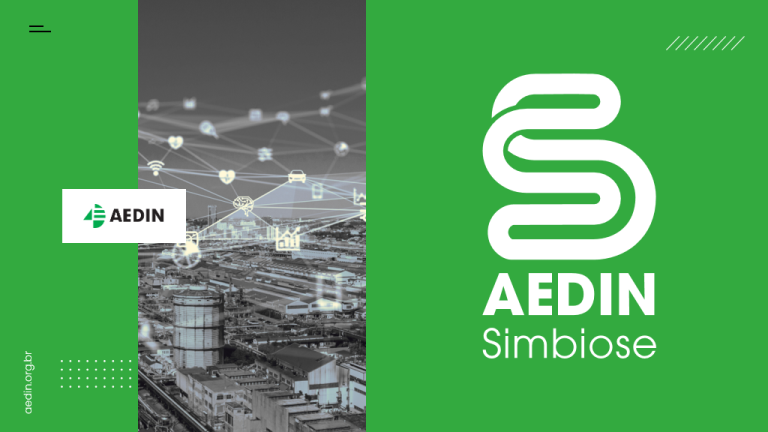
Global change through Industrial Symbiosis: Kalundborg Symbiosis as an inspiration for innovation and development
Industrial symbiosis-the collaborative use of resources across industries to achieve greater sustainability-is gaining traction worldwide, and Denmark's Kalundborg Symbiosis stands as a shining example of what's possible.
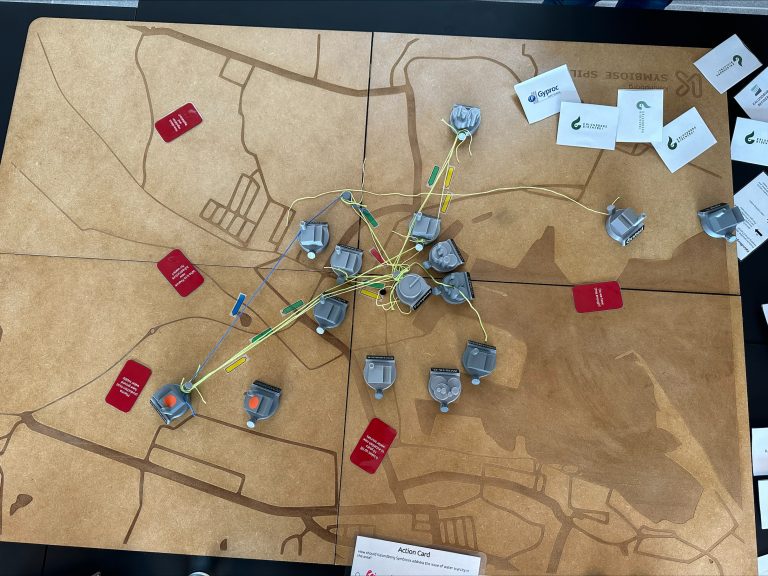
Discover the world of Industrial Symbiosis with our non-digital game
At Kalundborg Symbiosis, we are passionate about sustainable solutions, and we believe in teaching the world about transformative power of industrial symbiosis. It is a
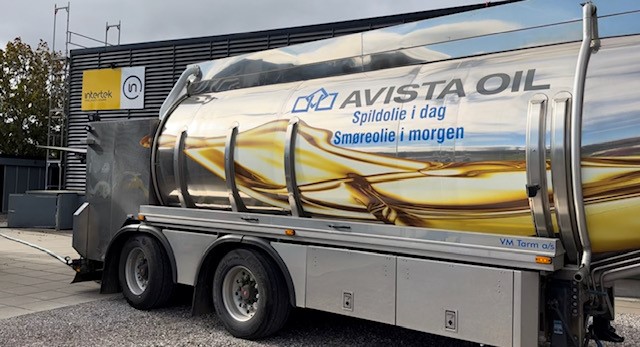
Symbiosis between industry and service provider
In Kalundborg Symbiosis, symbiosis flows traditionally refer to the practice of manufacturing companies sharing and reusing resources. But a symbiosis flow can also exist between manufacturing and service providers, as one of our newest members provides an excellent example.
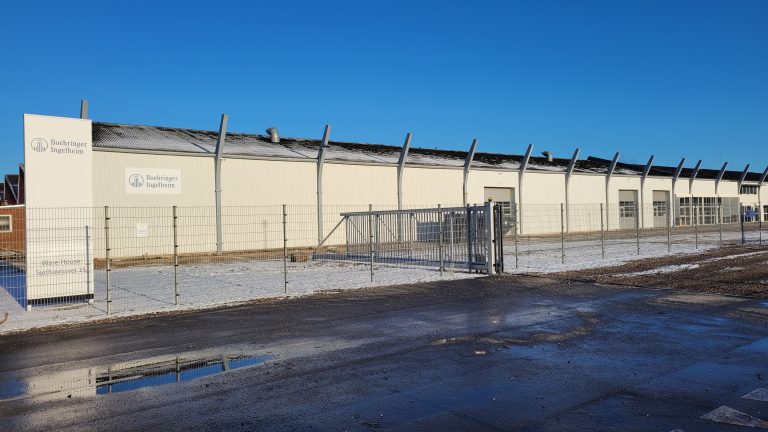
Efficient recycling of discarded fractions at Boehringer Ingelheim
After a screening at Boehringer Ingelheim, it has been found that there are more discarded materials in their waste streams that can be used instead of being sent to incineration.
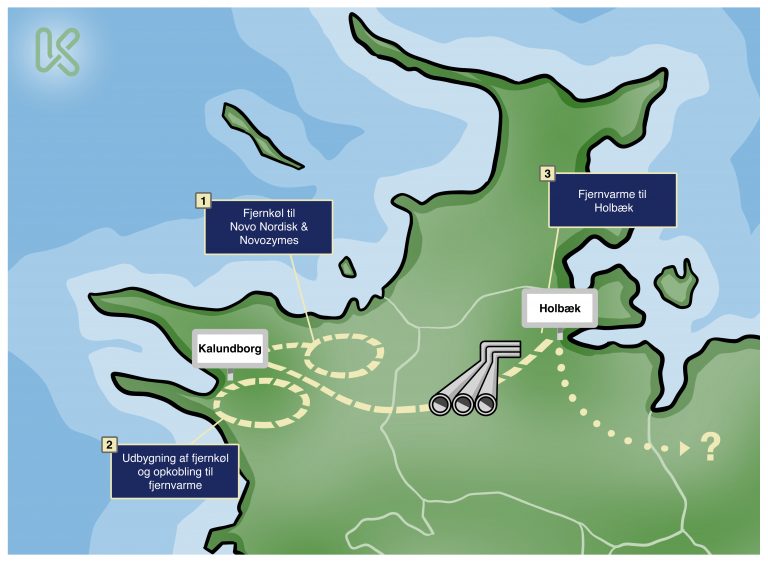
District cooling holds great potential for utilization of excess heat from Kalundborg Symbiosis
Surplus heat from cooling industrial production in Kalundborg can be converted into sustainable district heating in the future. Enough surplus heat from industry is generated to potentially heat more than 40,000 households.
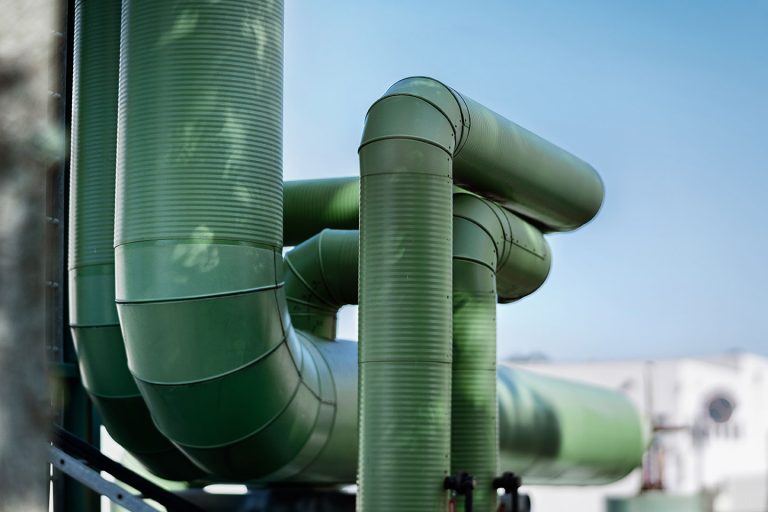
Test and demonstration projects
Kalundborg Symbiosis is based on innovative solutions that ensure resources are used more sustainably. However, the optimal production of the future is not always in sight, and solutions often need to be tested on a smaller scale before a new symbiosis flow can be established.
Symbiosis Readiness Level
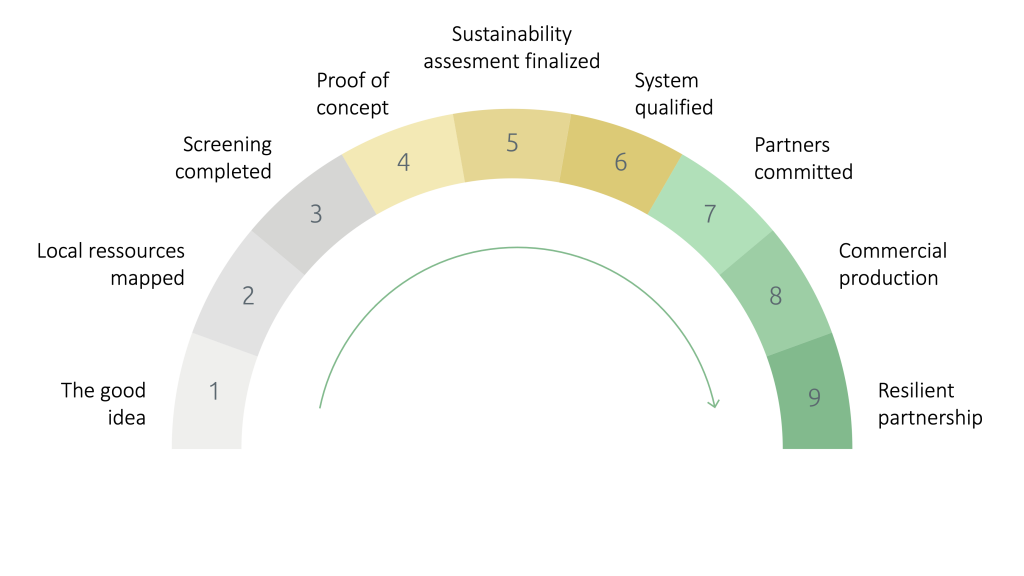
Inspired by the Technology Readiness Level (TRL) terminology, the Symbiosis Readiness Level (SRL) designates degrees of maturity from the good idea to a fully implemented symbiosis flow as part of a resilient network. SRL can be used to describe and characterise different stages of development for a given project, but can also identify necessary competences in relation to legal, financial, environmental and management needs. Facilitators can gain an overview of ongoing projects and retrospectively identify barriers to non-implemented projects using the SRL tool, which is reversible in its thinking: Maybe the project didn't happen in the first place because the business case wasn't good enough, but the world is changeable - and maturing the project can be restarted at the level where it stopped. The Symbiosis Readiness Level (SRL) was developed in the context of the EU Commission's report "Study and portfolio review of the projects on industrial symbiosis in DG Research and Innovation", prepared by Klaus Sommer. Kalundborg Symbiosis contributed best practice experience to the work of recommending industrial symbiosis as a tool for European process industry to achieve a higher degree of circularity. SRL has been further developed in the Baltic Industrial Symbiosis project and in the Nordic Circular Hubs project, as well as being included in the Guide for Industrial Symbiosis Facilitators.


